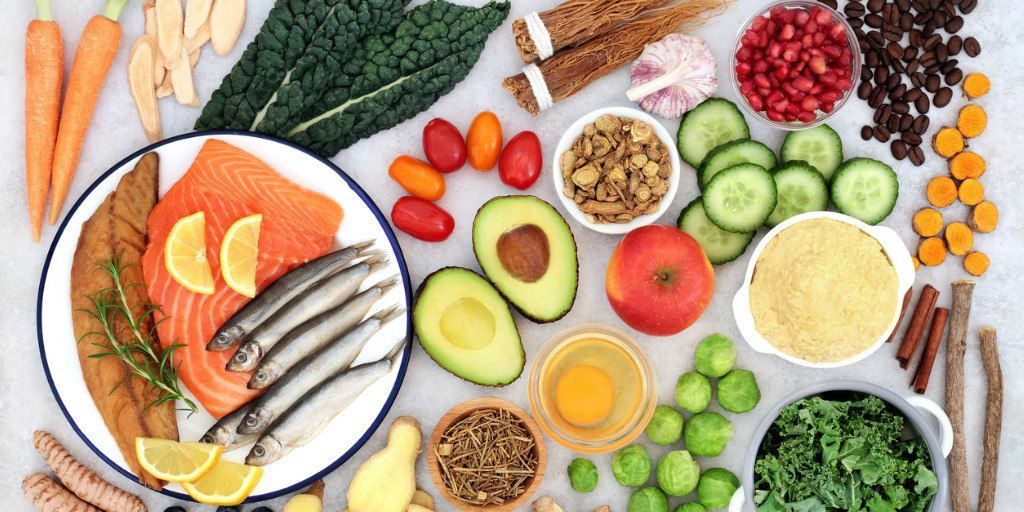April 1st, 2015 | 2 min. read

When you think of eating do you think of the foods you shouldn't eat, how many calories you can cut, meals you might skip?
It's time that you start thinking of food in a more positive light. After all, the body is an engine and food is the fuel that makes it run.
The key to maintaining a good weight and overall health is knowing what to eat and when to eat it. To get us back on a more positive track, the U.S. Department of Agriculture has come up with ChooseMyPlate.gov to replace the food pyramid that many of us grew up with. It makes eating the right foods in the right quantities as easy as filling your plate at each meal.
Here's how it works: Half of your plate (for each meal) should be fruits and vegetables, a quarter protein and the last quarter grains and starches, accompanied by a serving of dairy.
Make your produce as low in sugar and high in fiber as possible (cantaloupe rather than watermelon, squash instead of corn), your meat lean (skinless chicken is better than beef; fresh fish or tofu is best), your starches whole-grain and fiber-filled (sweet rather than white potatoes; brown rice, not white, and a lot of beans) and your dairy low - or nonfat.
Then fuel your engine when it needs it. Start the day with a good breakfast. Ditch the carb-laden bagel or bowl of cereal for a breakfast that includes a lean protein such as smoked salmon or even beans, berries, whole-grain toast and nonfat milk. Between breakfast and lunch, it's okay to stoke that boiler with a small snack that will quiet the hunger pangs without spiking your sugar level — a banana, a handful of almonds or an oatmeal bar. If you have a workout planned during the day, a snack that's heavier on the carbs beforehand will give you the energy you need.
Your engine has more work to do after lunch than in the hours before bedtime. Where most of us go wrong is we wait until dinner to eat our biggest meal of the day. Instead, enjoy a good-size meal in the middle of the day.
And if your energy level starts to flag mid-afternoon, grab a healthy snack of whole-grain crackers and hummus, an apple with peanut butter or low-fat, plain yogurt with a little granola. Then make your dinner as light as possible.
Plate sizes vary, so for portion control, a good rule of thumb is meats should be no larger than a deck of cards and starches the size of a tennis ball. If the fruits and vegetables are low in sugar, the sky's the limit. Keep your dairy intake at 36 ounces or less and nonfat.
The great thing about this dinner plate plan is it works for everyone, regardless of your age, your health or your goals. Remember, our goals are to eat well and in such a way that we can avoid hunger, fuel our activities and manage our weight. If you are feeling hungry, fat, irritable and sleepy, try eating more, not less.

As a board-certified family medicine physician and Director of Executive Health at PartnerMD in Richmond, VA, Dr. David Pong provides you with the knowledge and tools to pursue your health goals. With over 25 years of experience, he focuses on developing a trusting relationship with you to empower you to achieve your desired healthy outcomes. Dr. Pong enjoys helping you identify and harness your motivation to make the necessary changes for optimal health.
Topics: